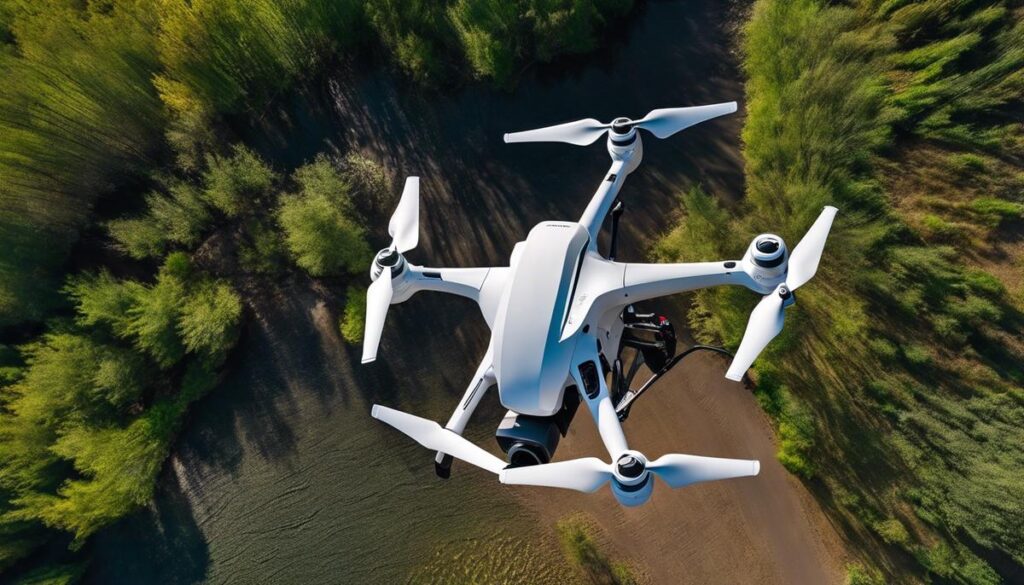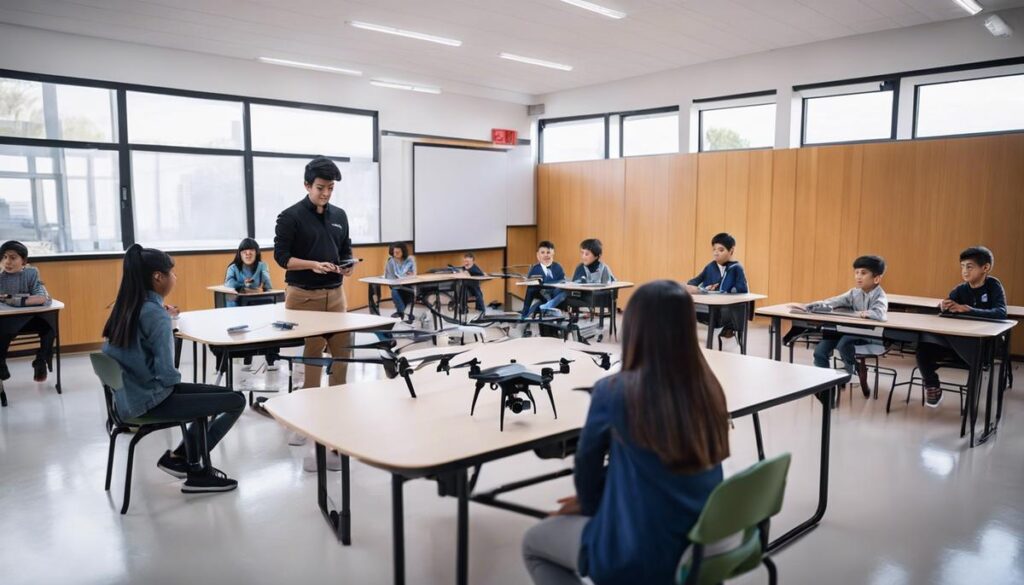FPV (First Person View) drone flying stands as a pinnacle of immersive experience for hobbyists and enthusiasts around the world. At the heart of this thrilling endeavor lies the critical and often understated component – the FPV drone antenna. These antennas are the unsung heroes that determine range, clarity, and overall performance of the drone’s video feed. As technology advances and the popularity of FPV flying grows, understanding the nuances of FPV drone antennas has never been more important. From exploring the various types available to grasping the intricacies of antenna polarization and frequency, this exploration serves as your comprehensive guide. We’ll delve into the significance of antenna placement, unravel the mystery of VSWR, and offer practical advice on durability and maintenance to ensure your FPV experience is uninterrupted. Furthermore, we’ll cast a glance at the horizon where advancements in antenna technology promise to elevate FPV flying to unprecedented heights.
Types of FPV Drone Antennas
Up Your FPV Game: Understanding Different Drone Antennas and Their Uses
Are you ready to elevate your First-Person View (FPV) flying experience? It all comes down to your signal. And what’s at the heart of a crystal-clear signal? The right antenna! Let’s break down the different types of FPV drone antennas and figure out which one suits your high-flying adventures best.
Linear Polarized AntennasFirst up, we’ve got linear polarized antennas, like the classic ‘rubber duck’ that probably came with your FPV gear. They’re simple, affordable, and get the job done for short-range flights. However, they can struggle with signal reflection and don’t hold up too well if your drone loves doing acrobatics.
Circular Polarized AntennasFor those who live for flips and rolls, circular polarized antennas are your new best friends. These durable partners keep your signal strong, regardless of how twisted your flight path gets. You’ll recognize them as ‘cloverleaf’ or ‘skew-planar’ antennas. They’re top picks for reducing interference and improving signal clarity.
Patch AntennasWant to reach out further? Patch antennas have got your back. They’re the ones squaring up to the signal challenge with a flat, rectangular shape. Patch antennas are directional, meaning they focus the signal in a specific direction for greater range. Mount these on your goggles when you’re in it for the long haul.
Helical AntennasWhen long range and precision are the game, helical antennas take the prize. These corkscrew champs amp up your directional signal even more than patch antennas. More turns in the coil means a narrower focus and farther reach. Perfect for when you’re on a mission to explore uncharted territory.
Dipole AntennasLast but not least, let’s talk about dipole antennas. The unsung heroes of consistent coverage, these straight shooters are simple and efficient. You’ll spot them as the default antenna on many FPV transmitters. Great for a steady signal without fuss or fiddling.
Now, it’s time to match the antenna to the adventure. Close-range, freestyle action? Circular polarized antennas won’t let you down. Long-range expeditions? Reach for a patch or helical antenna to guide your journey. And for those who love the simplicity and reliability, dipole antennas are standing by.
Remember, FPV isn’t just about the drone – it’s about the connection. Choose wisely, and the sky’s the limit!
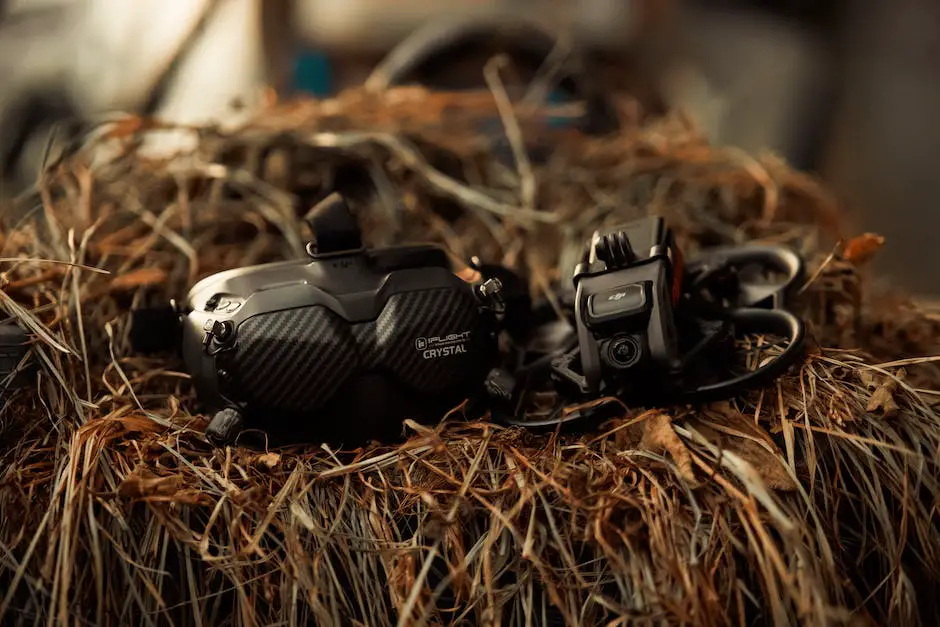
Antenna Polarization and Frequency
Getting to Grips with Antenna Polarization and Frequency in FPV Drone Flying
Welcome back, pilots! Previously, we’ve sailed through the world of antenna types, exploring the ins and outs of linear and circular polarized antennas, as well as patch, helical, and dipole antennas. Now, let’s dial in on how antenna polarization and frequency can seriously amp up your FPV (First-Person View) drone game.
Imagine antenna polarization as the secret handshake between your drone and its controller. It’s essential for making sure the two can talk to each other without any static. You’ve got two main types: vertical and horizontal. Think of your antenna like a lighthouse beam – if your drone’s antenna is vertical, you’ll want your controller’s antenna to match. This alignment is key for a clear, strong signal.
Now, let’s kick it up a notch and look at frequency. Frequency is like the radio station your drone tunes into. In the FPV world, most pilots stick to 2.4 GHz for control, which is dependable for lighter traffic. But when it comes to video feed, you might opt for 5.8 GHz because it’s less crowded, meaning fewer chances for disruptions in your feed.
Yet, be aware, higher frequencies like 5.8 GHz have a trade-off. They can offer crisper video but don’t have the same range and can’t weave around obstacles as easily as lower frequencies, such as 900 MHz or 1.2 GHz. These frequencies might provide fuzzier video but can go the distance and slip through obstacles like trees or buildings better.
So, when you’re setting up your FPV drone for flight, remember: align those polarizations and pick your frequency wisely. Nail those two, and you’re on your way to a seamless flight with stunning FPV footage. Happy flying!
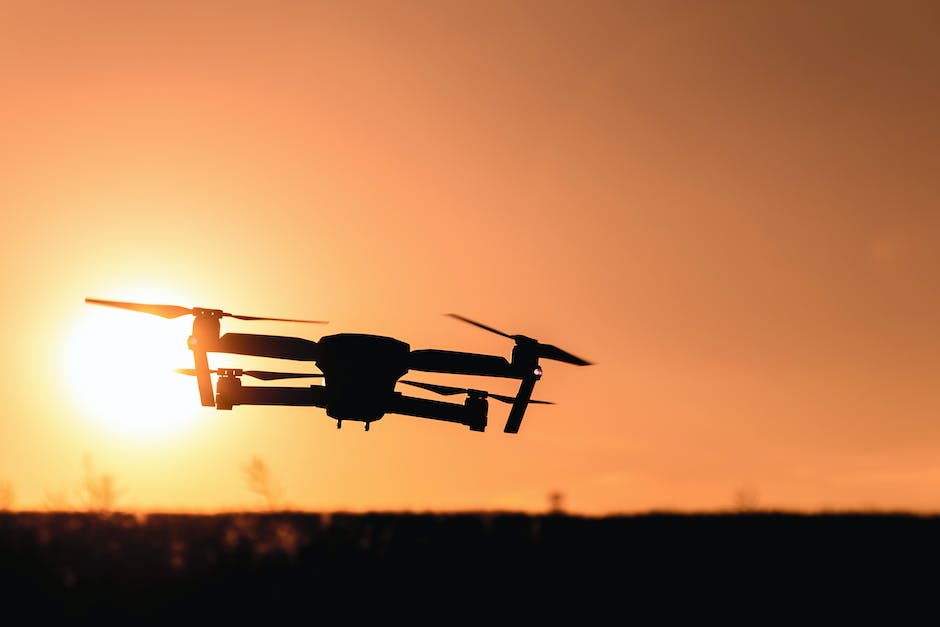
Antenna Placement and VSWR
When diving into the thrilling world of FPV (First Person View) drone flying, understanding antenna placement is crucial for ensuring a strong signal and top-notch video quality.
So, you’ve selected your antenna type and now you might wonder – where on my drone should I place these antennas for the best performance? While it can be tricky finding the perfect spot, there are some general best practices to follow.
For starters, keep your antennas as far away from other electronics as possible. Motors, ESCs (Electronic Speed Controllers), and power distribution boards can create electrical noise that messes with your signal. By spacing out the antennas, you reduce that interference.
Mounting your antennas is another key step – and when it comes to this, diversity is your friend. If your FPV system allows for multiple antennas, use this to your advantage. Position one antenna vertically and the other horizontally. This is because different obstacles can affect signal polarization in various ways, and by having antennas in different orientations, you’re more likely to catch a good signal.
Also, it’s better to mount your antennas high on the drone. This can be achieved by using longer antenna leads or extension cables, or by strategically placing them on parts of the frame that extend upwards. The idea here is to avoid obstacles blocking the line of sight to your controller or FPV goggles.
Now, let’s talk about VSWR, which stands for Voltage Standing Wave Ratio. It’s a way to measure how effectively the antenna is transmitting radio frequencies. A lower VSWR means more of the transmitted power is being radiated out of the antenna and not being reflected back into the transmitter, which can cause damage and reduce performance. VSWR is a bit technical, but for hobbyists just know this: The closer the VSWR number is to 1, the better. For casual flying, a VSWR under 1.5 is usually solid.
In summary, clear antenna placement is an essential step in the FPV drone setup. Keep them away from electronic noise, use diverse mounting, and aim high. Understand VSWR basics to ensure your system is efficient and protect your gear. Happy flying, and always keep pushing the boundaries of your FPV experience!

Durability and Maintenance
Protecting FPV Drone Antennas: Practical Measures for Durability
In the thrilling world of first-person view (FPV) drone flying, having reliable gear is just as critical as mastering the sticks. Among the various components, antennas play a vital role in maintaining a strong connection between the drone and its pilot. Knowing how to protect these delicate parts is essential for every hobbyist invested in FPV drones.
One of the best ways to ensure an antenna’s longevity is to give it a physical safeguard. A reliable antenna protector, often made from durable plastic, can absorb the brunt of any impacts during rough landings or accidental collisions. These protectors are made to fit snugly around antennas without affecting the signal quality.
Another tip for antenna care is proper storage. When not in use, store your FPV drone in a secure and cushioned case. This precaution keeps the antennas from getting bent or snapped if they’re accidentally pressed against something hard. For pilots who transport their drones often, this step is a must.
Even with protective measures, antennas can take a few knocks here and there. Regularly checking for damage is key. Look out for any bends, nicks or exposed wires, and replace an antenna if it seems worse for wear. This proactive routine prevents any sudden surprises during flight.
Furthermore, the environment affects antenna life too. Extreme temperatures ? both hot and cold ? can weaken the materials and solder joints, so it’s good to fly in moderate conditions when possible. And always give your FPV drone time to adjust to outdoor temperatures before taking off; this can prevent condensation and material stress.
Lastly, connecting and disconnecting antennas should be done with care. A wobbly or forced connection might slowly degrade an antenna’s internal connectors. When screwing an antenna onto a transmitter or receiver, make sure everything aligns properly and that it’s finger-tight – no need for extra force.
Taking pride in the state of FPV gear not only ensures a great flying experience but also saves the unnecessary cost of frequent replacements. With these approaches to preserve the antennas, it’s not just about saving parts; it’s about securing countless hours of uninterrupted, clear, and thrilling FPV adventures.
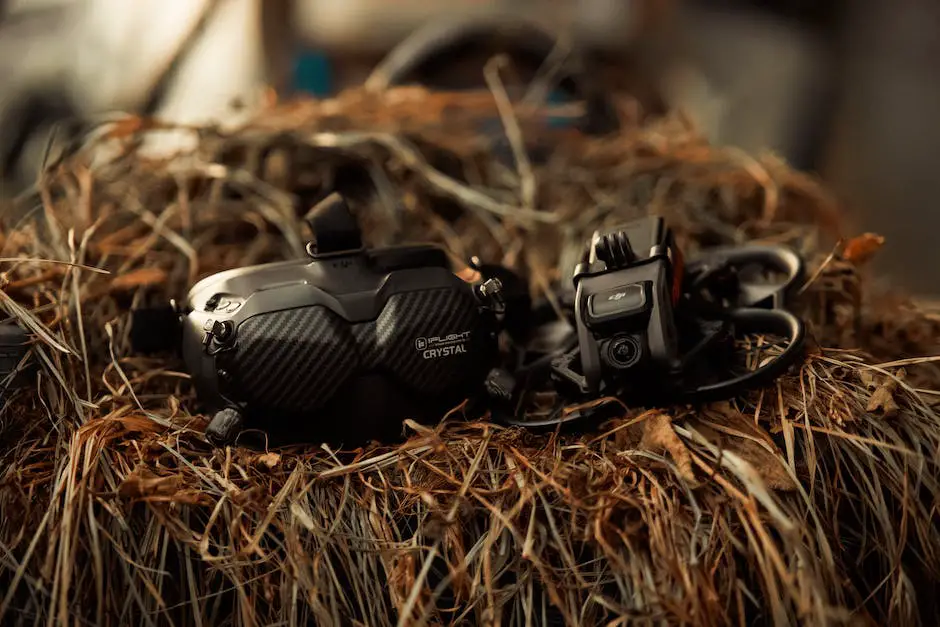
Advancements in Antenna Technology
Exploring Smart Antennas and the Future of FPV Drone Flying
Hey drone enthusiasts! After diving deep into the world of FPV antennas, it’s time to look at some of the coolest advancements taking over our skies. Smart antennas are climbing the ranks as the next big thing, and here’s the scoop.
First up, we’ve got the adaptive smart antennas. These game-changers can automatically adjust their patterns to maximize signal strength and reduce interference. Think of it like a smart phone that adjusts its brightness based on where you are—it’s that kind of smart!
Then, there’s the multiple-input multiple-output (MIMO) technology. MIMO uses multiple antennas to send and receive more than one data signal simultaneously. That means more information can travel at once, boosting video quality without a hiccup in your flight.
Cross-polarization interference cancellation is a mouthful but stick with it. This tech cuts down on unwanted signals that might mess with your drone’s communication. It’s like having someone block the wind so your paper airplane can fly straight—kinda like that, but for signals.
And don’t even get started on beamforming. This tech concentrates the signal in a specific direction to improve range and quality. It’s like using a megaphone to shout directly at your friend across the field, rather than just yelling louder.
Lastly, let’s talk durability. Antennas are getting tougher to withstand those accidental crashes. Manufacturers are using flexible materials that bend instead of snapping, so an unexpected tumble doesn’t sideline you for the day.
Now, before signing off, remember that with great power comes great responsibility. Always make sure to update your setup responsibly and follow the regulations that keep our skies safe. Strap in and get ready for clearer, stronger, and smarter FPV flights ahead!
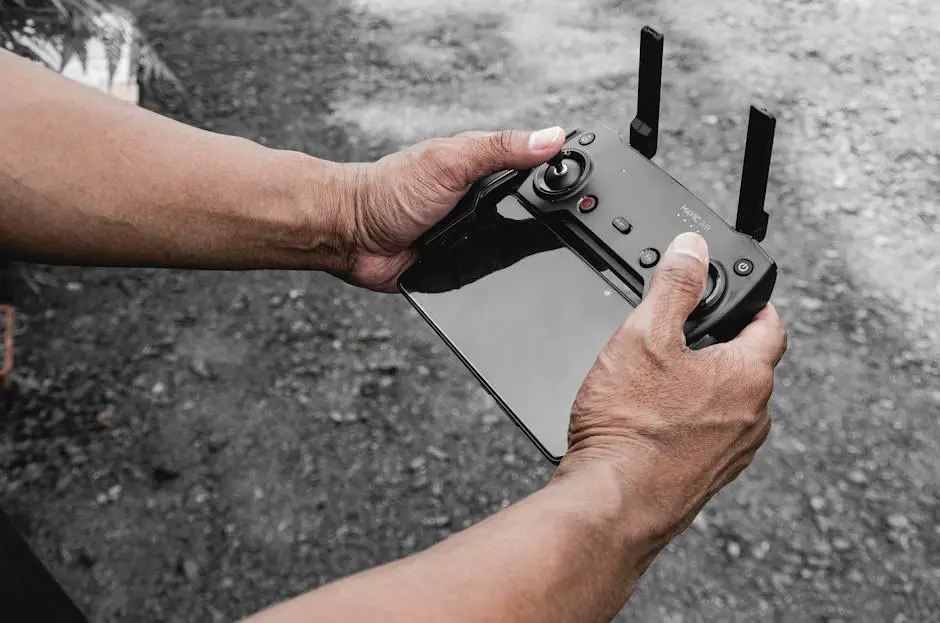
The world of FPV drone flying is constantly evolving, and with it, the technologies that make up the core of the experience are transformed. The exploration of FPV drone antennas is an ongoing journey of innovation and improvement. By staying informed about the various types, understanding the complexities of polarization, frequency, and VSWR, and committing to proper care and maintenance, enthusiasts can significantly enhance their flying experiences. Moreover, keeping an eye on the latest advancements ensures that as the technology propels forward, your knowledge and skills do as well. It’s clear that the pursuit of mastery in FPV drone antenna technology not only enhances your current capabilities but also prepares you for the exciting developments that lie ahead in the dynamic realm of drone flight.


